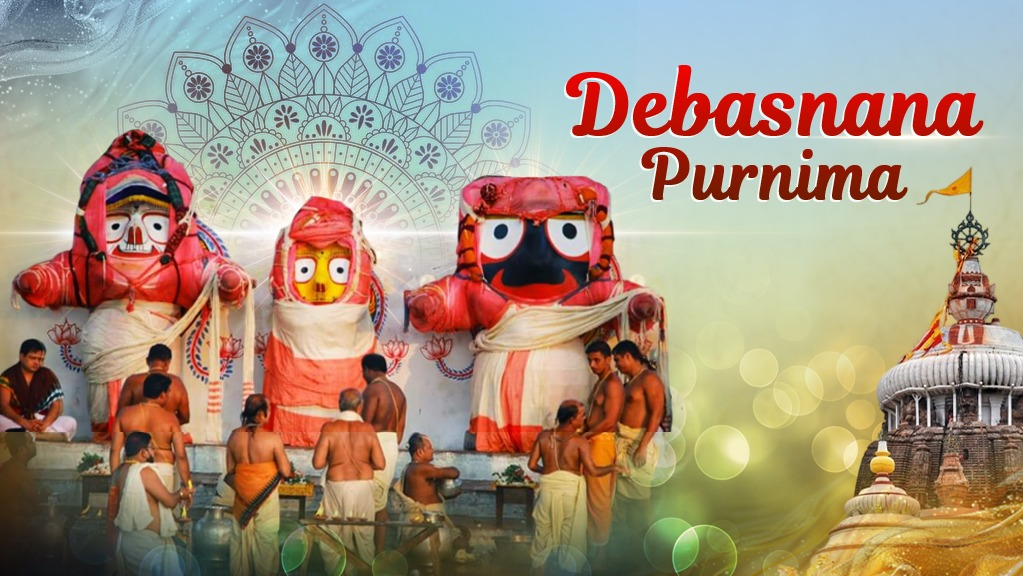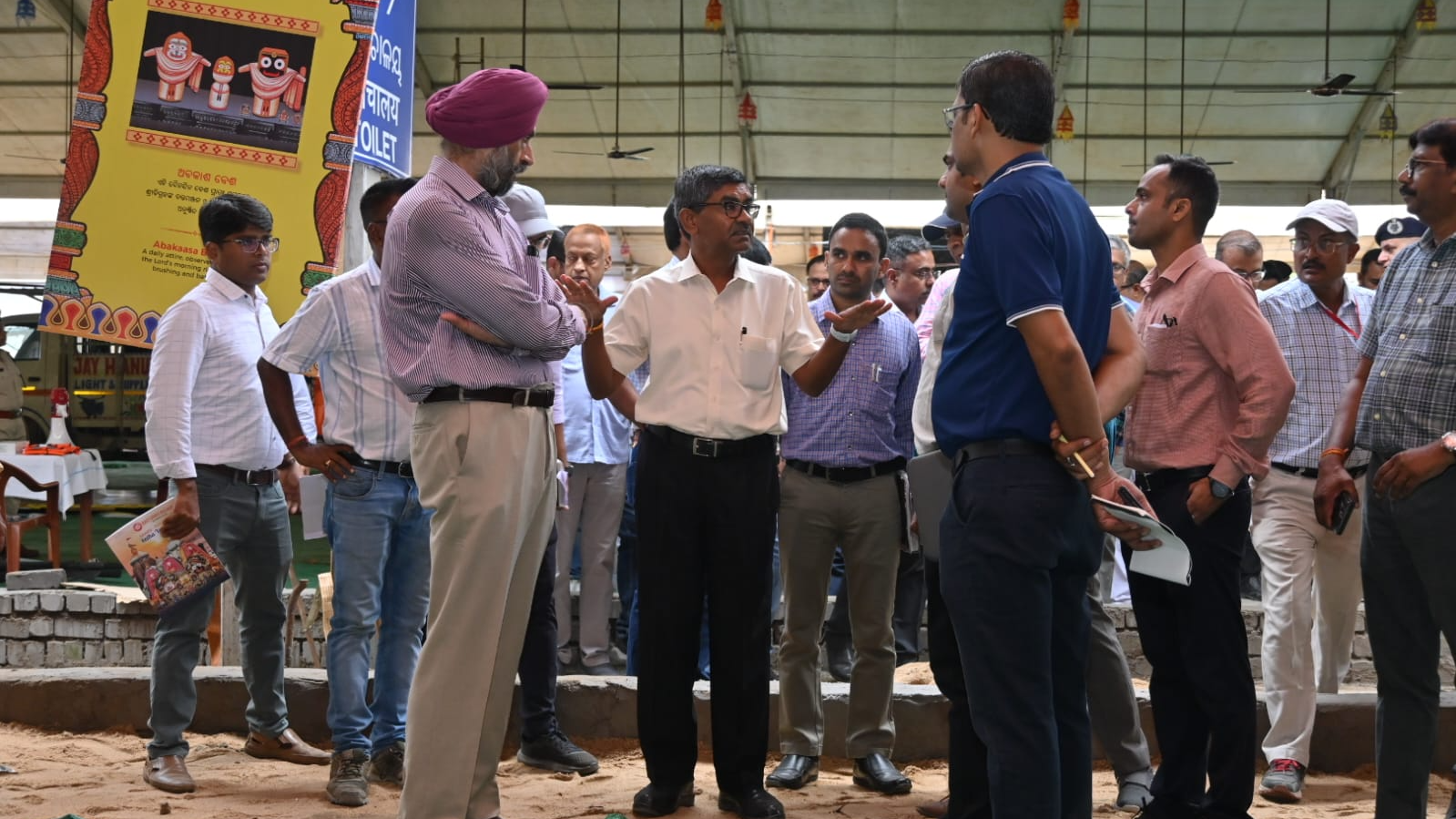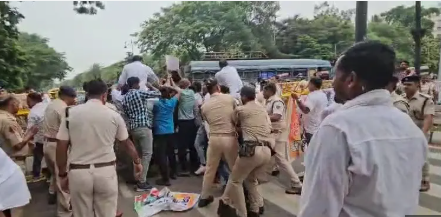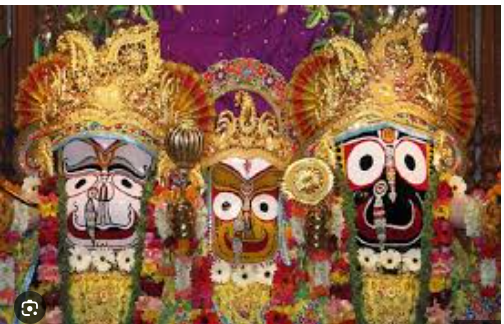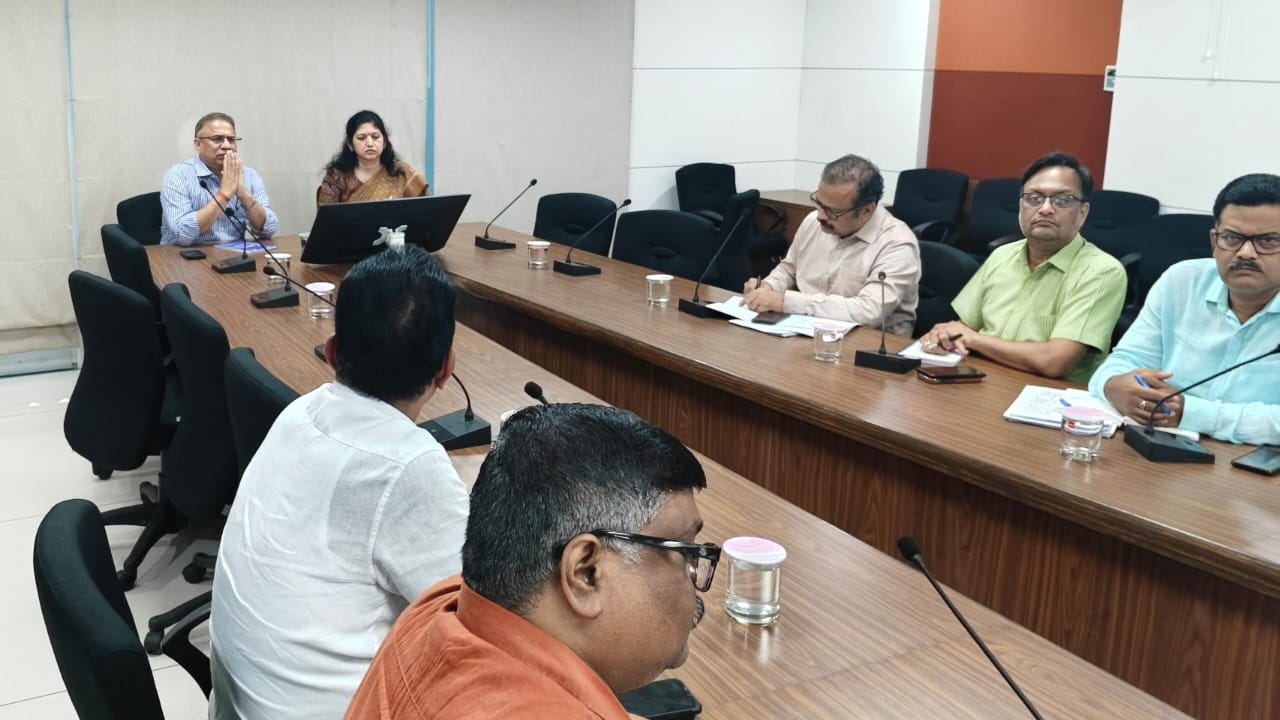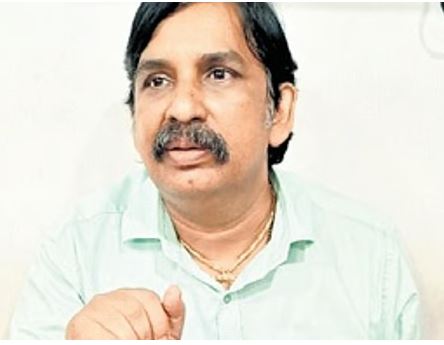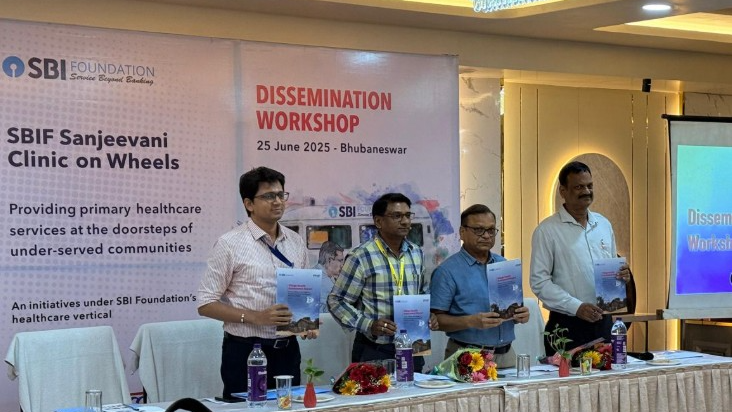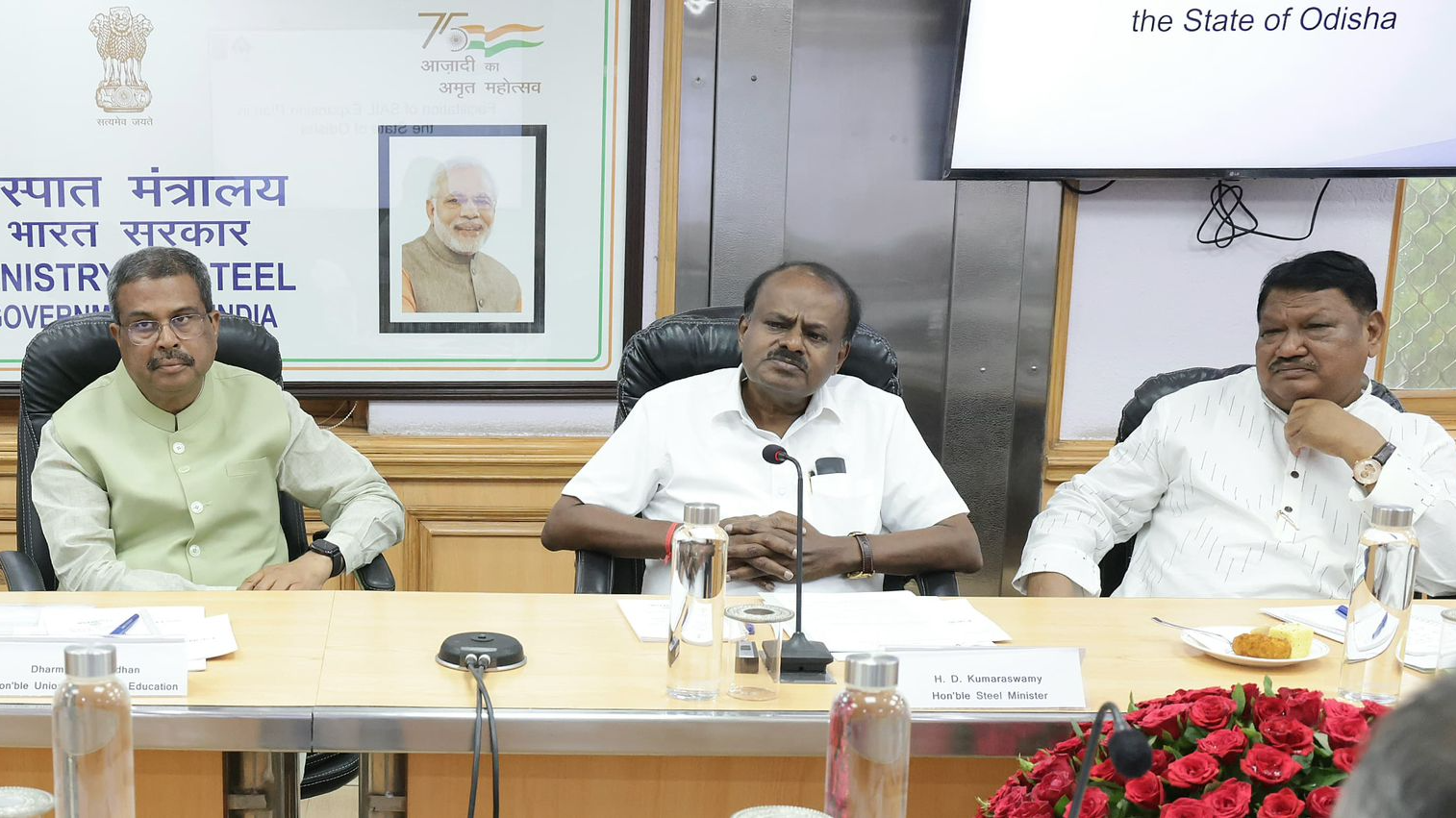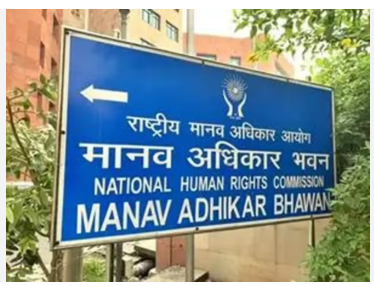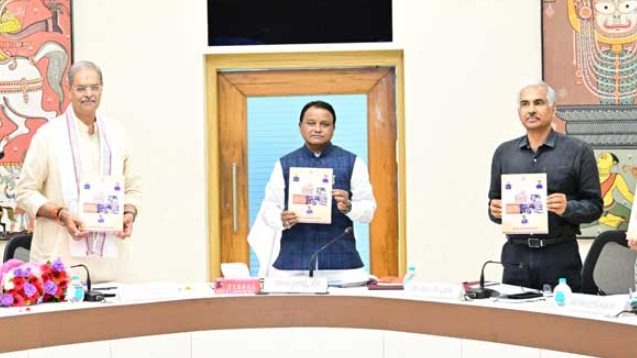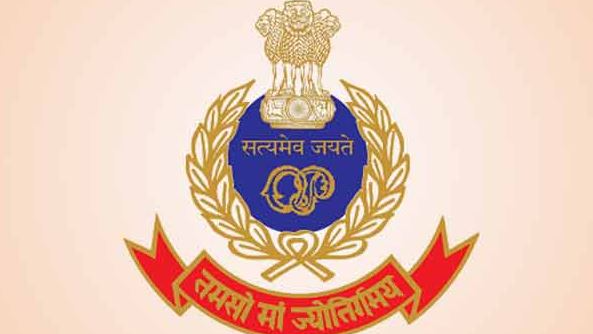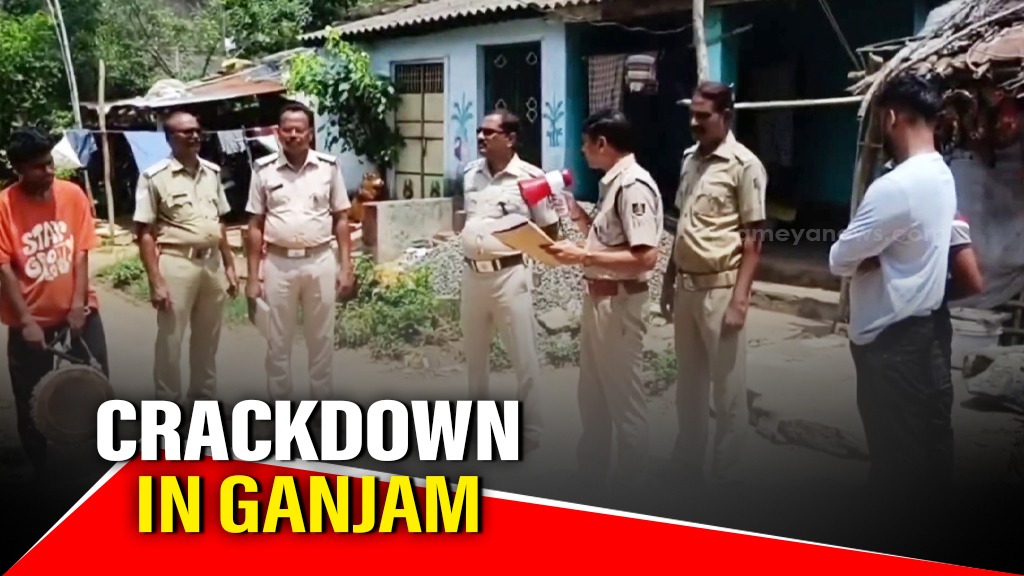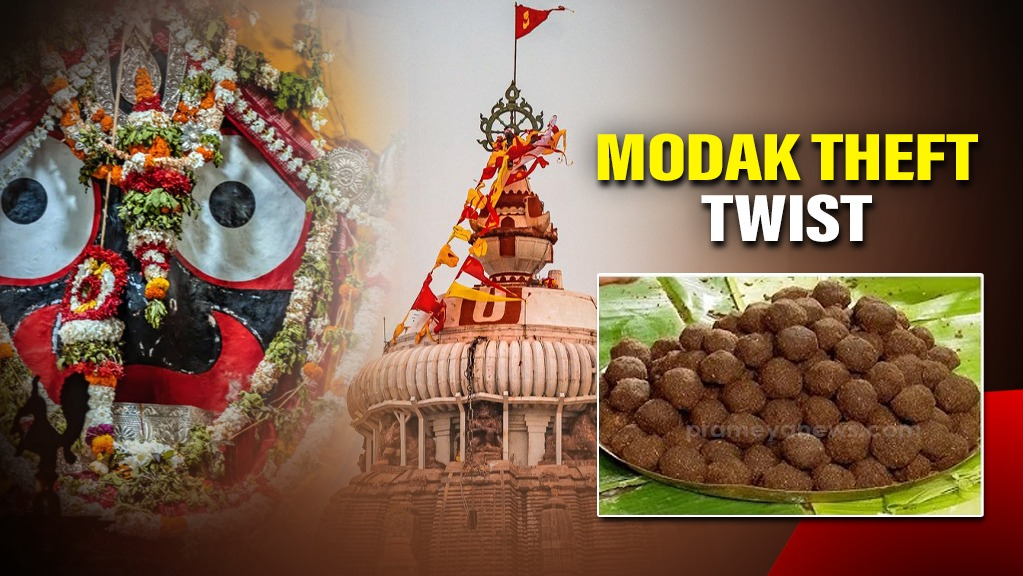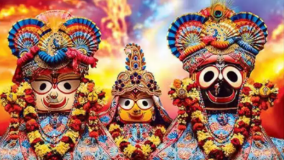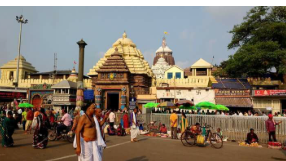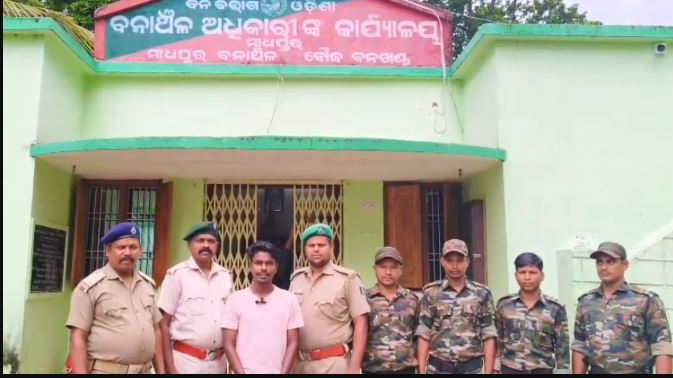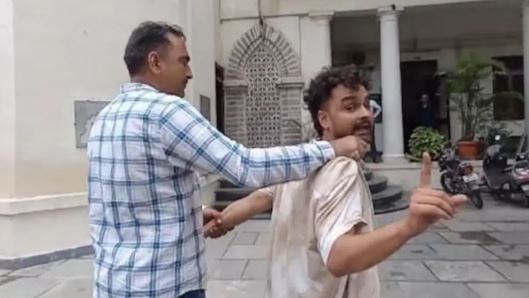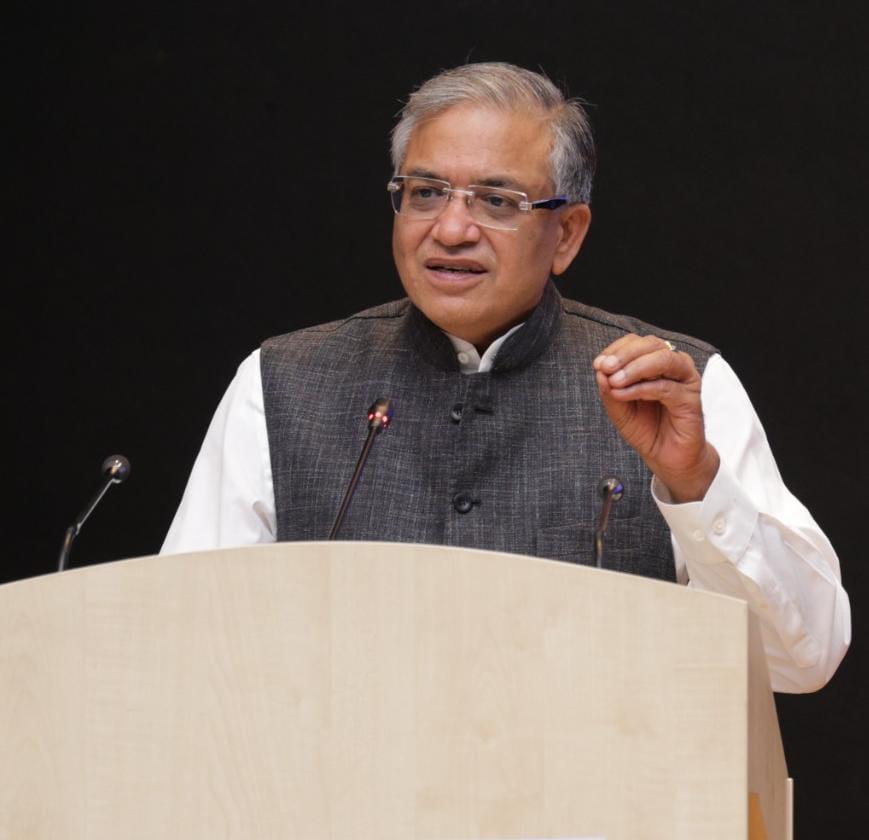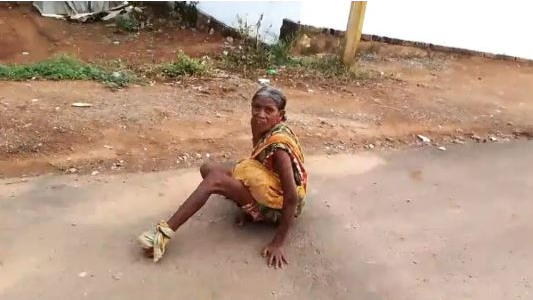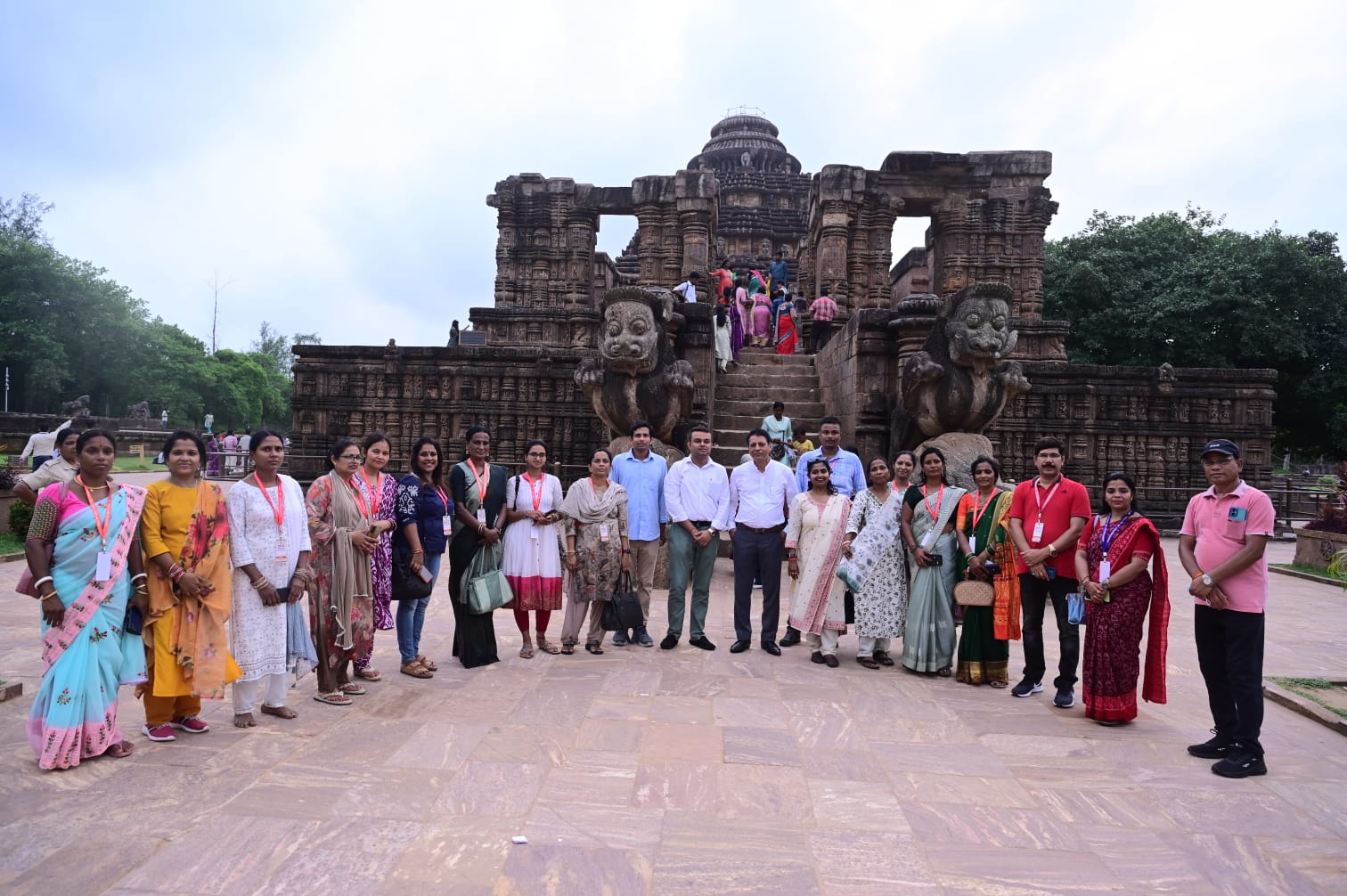Puri, June 11: The holy town of Puri witnessed the auspicious observance of Debasnana Purnima on the full moon day of Jyestha Shukla Paksha, marked by the grand bathing ritual (Maha Snana Yatra) of Lord Jagannath and His divine siblings—Lord Balabhadra, Goddess Subhadra, and Lord Sudarshan.
As per tradition, the deities were brought to the Snana Mandap (bathing platform) of the Jagannath Temple, where they were ceremonially bathed with 108 pots of sacred water, drawn amidst the chanting of Vedic hymns. The divine ritual was followed by the adornment of the deities in Gajanana Besha (elephant attire), symbolically representing Lord Ganesha—a rare sight that draws thousands of devotees every year.
An integral aspect of the ritual involves the collection of sacred water from the temple’s Suna Kua (Golden Well), located along the Debajana Marg, the ceremonial route within the temple premises. The well, situated between the shrine of Goddess Sheetala Thakurani and her mount—the lion—is a highly revered source, believed to be under the lion's watchful protection throughout the year.
The water from the Suna Kua is not used for any other purpose and is preserved exclusively for this annual ritual. In local tantric tradition, it is revered as Anatutha Pani, owing to its sanctity. Before the bathing ceremony, the water is ritually consecrated with Vedic mantras and further enriched with 13 sacred ingredients as per tantric customs.
In the Vedic yajna tradition, this sacred well is referred to as Pranita Koop—the consecrated or ritualistic well used for purifying divine ceremonies.
The Debasnana Purnima marks a significant prelude to the world-famous Rath Yatra and is believed to be the only public appearance of the deities before they are taken into Anasara (period of seclusion) for 15 days, signifying a period of recovery after the elaborate ritual bath.









